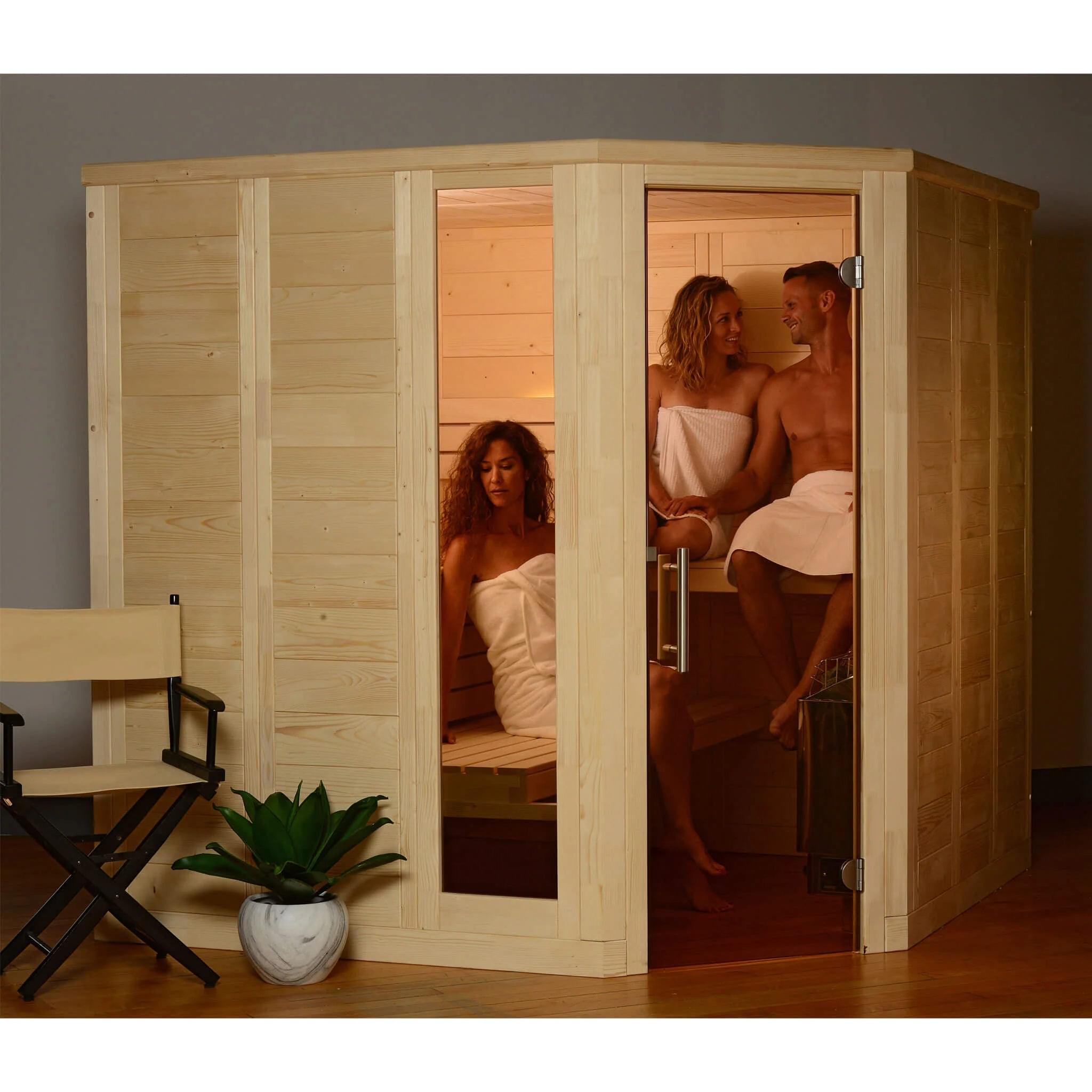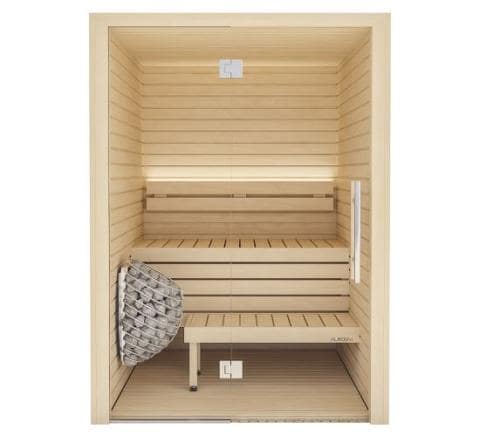Fascination About Traditional Sauna
Fascination About Traditional Sauna
Blog Article
Top Guidelines Of Traditional Sauna
Table of ContentsSome Known Factual Statements About Traditional Sauna The Traditional Sauna DiariesThe Definitive Guide to Traditional SaunaHow Traditional Sauna can Save You Time, Stress, and Money.The Greatest Guide To Traditional Sauna
The majority of the weight shed in a sauna is water loss and is re-gained upon rehydrating. Nevertheless, undoubtedly sauna can be a fundamental part of a healthy weight management program. To look at the differences between conventional and IR saunas, I will divide these into proven, theoretical, and made distinctions.Thus, the hottest factor in the saunawhich goes to the ceiling directly over the sauna heateris usually between 185 and 190 F. Claims that a conventional sauna goes beyond 200 F is merely not true and not relevant for electric saunas offered in the US. The temperature for a far-infrared sauna is usually established in between 120 and 140 F; however, unlike the typical sauna, the objective in and IR space is not to achieve a high temperature.
Due to the fact that of this, the temperature distinction is practically irrelevant, given that profuse sweating leads to both sauna types, however the method of heating up the body is various. In an IR sauna the bather will certainly really feel hot and will certainly sweat profusely, however at a lot lower temperature levels (Traditional Sauna). Hence, if the goal is to invest longer amount of times in the sauna, the IR sauna is a great selection
When a traditional sauna has actually been appropriately warmed, the sauna walls are warm, the air temperature has actually attained established temperature level and the rocks are extremely heated. As a fascinating side note, the heated walls and the rocks are giving off far-infrared warmth, combined with the heated air, to create an "enveloping warmth".
About Traditional Sauna

When the high temperature level is achieved, the elements cycle on and off to preserve the heat. The majority of conventional sauna customers enjoy putting water over the rocks to produce steam to raise sauna humidity degrees. The benefits of pouring water over the rocks include: making the area extra comfy, dampening the nasal flows, and permitting the usage of aromatherapy by blending vital oils with the water.

When the energy goes into the body, it causes the body temperature level to enhance and eventually causes perspiration. In an infrared sauna it's vital for the emitters/heaters to remain on practically constantly. Given that there is no mass of rocks to keep warmth, the sauna will cool down if the emitters shut down.
As description mentioned over, the sauna bather in an infrared room wants to place himself in front of operating emitters to obtain optimal take advantage of the warm. The home heating time for both spaces can be really different, depending upon how the spaces are made use of. For a conventional sauna, a bather must enable 30-40 minutes for the area to accomplish a preferred temperature and to appropriately pre-heat the rocks.
How Traditional Sauna can Save You Time, Stress, and Money.
A well created sauna will generally attain a temperature of 150-160 F in about 30-40 minutes. For hotter temperatures, the room may need to warmth for a longer period.

Standard saunas tend to be larger (thus utilize more electrical power) than infrared saunas, although conventional saunas are definitely readily available in one and 2 person sizes too. For a two-person standard sauna, 5x6 or 5x7 size is most prominent. The leading bench can conveniently seat 2 or three individuals and is also long sufficient to rest throughout the sauna session.
All about Traditional Sauna
The typical price per kWH of electrical energy in the U.S. is approximately $0.11, so a 4.5 kW heating system will cost roughly $.50 to run for one hour, if the heating system runs continuously for one hour. Generally a sauna heating system will certainly compete 75% of the very first hour and 50% of subsequent hours on given that the elements cycle once the established temperature level is achieved.

Finally, there is a seldom discussed distinction in the social experience in between the two spaces. While our culture has actually shed several of the social advantage of the standard sauna experience, it can be really socially fulfilling (Traditional Sauna). From family members time in the sauna, to heart-felt discussions with better halves, to sauna partiesthe standard sauna experience can result in intimate interacting socially
The Basic Principles Of Traditional Sauna
Most higher end infrared spaces include tinted light therapy, sound systems and full-glass fronts.
Report this page